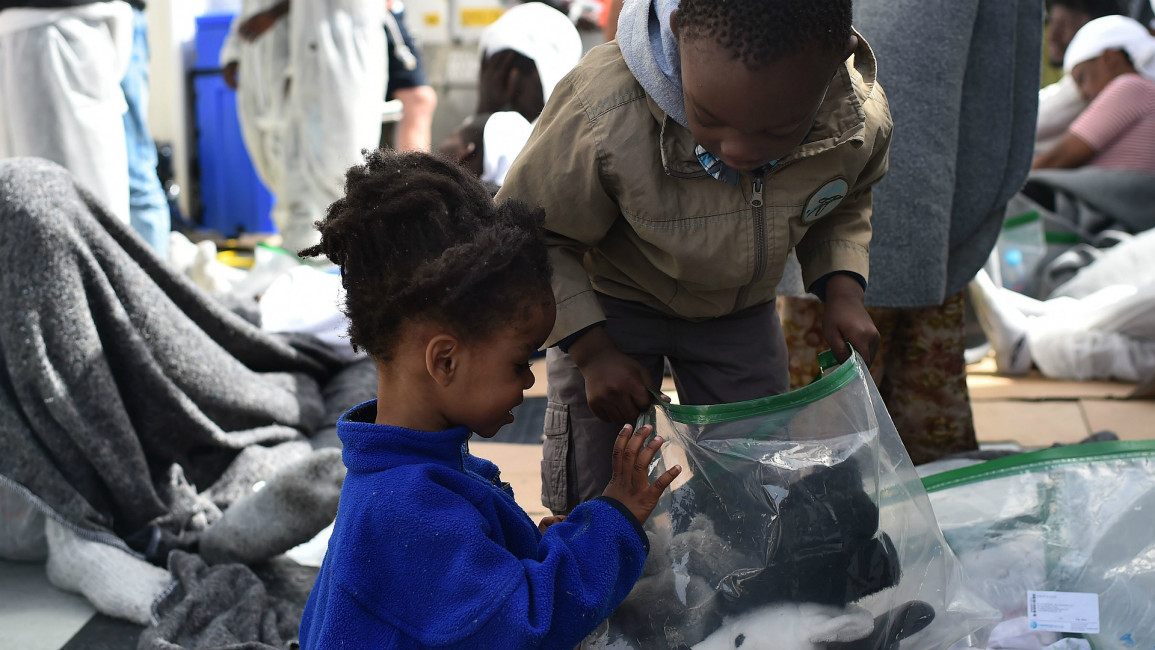Nine in ten child refugees reach Italian shores 'unaccompanied'
Around 25,800 unaccompanied or separated children arrived to the shores of the European country in 2016, compared to the 12,360 who arrived in 2015.
These children, arriving by themselves, also accounted for a staggering 91 per cent of all the 28,200 refugee children who reached Italian shores last year.
Young girls are particularly at risk of sexual exploitation and abuse, the children's organisation warned, adding that current systems are failing to protect them.
"These figures indicate an alarming trend of an increasing number of highly vulnerable children risking their lives to get to Europe," said Lucio Melandri, the senior emergency manager at UNICEF.
"Current systems in place are failing to protect [them as they] find themselves alone in a [completely] unfamiliar environment," he added, calling for a coordinated European response, given that the children are on the move.
 |
Young girls were particularly at risk of sexual exploitation and abuse, UNICEF warned, adding that current systems are failing to protect them |  |
"Apart from addressing the factors that are forcing children to travel alone, a comprehensive protection, monitoring system needs to be developed to protect them," he stressed.
A majority of the children are arriving from Eritrea, Egypt, Gambia and Nigeria. Most are boys aged between 15 and 17.
On Friday, some 550 refugees making the perilous crossing to Europe were rescued from the Mediterranean, the Italian coastguard said.
Two bodies were also recovered during the operation.
"Around 550 migrants have been rescued so far from the central Mediterranean in four rescue operations," the coastguard said in a statement.
It was an SOS Mediterranee boat which recovered the two bodies on one of the dinghies, while rescuing 193 other people, the NGO said in a tweet.
The Italian coastguard said that rescue efforts were ongoing "despite difficult weather and sea conditions."
In recent years Italy has been on the front line of refugees arriving across the Mediterranean and has been pushing for agreements with governments in North Africa to facilitate returns.
People-smugglers have exploited the chaos in Libya since the 2011 uprising that overthrew dictator Muammar Gaddafi to traffic refugees in boats to Italy 300 kilometres [185 miles] away.
According to the Italian interior ministry, over 180,000 migrants landed in Italy last year, an annual record.
The UN has said more than 5,000 people died in 2016 trying to cross the Mediterranean, most of them on the Libya-Italy route.


![President Pezeshkian has denounced Israel's attacks on Lebanon [Getty]](/sites/default/files/styles/image_684x385/public/2173482924.jpeg?h=a5f2f23a&itok=q3evVtko)



 Follow the Middle East's top stories in English at The New Arab on Google News
Follow the Middle East's top stories in English at The New Arab on Google News


